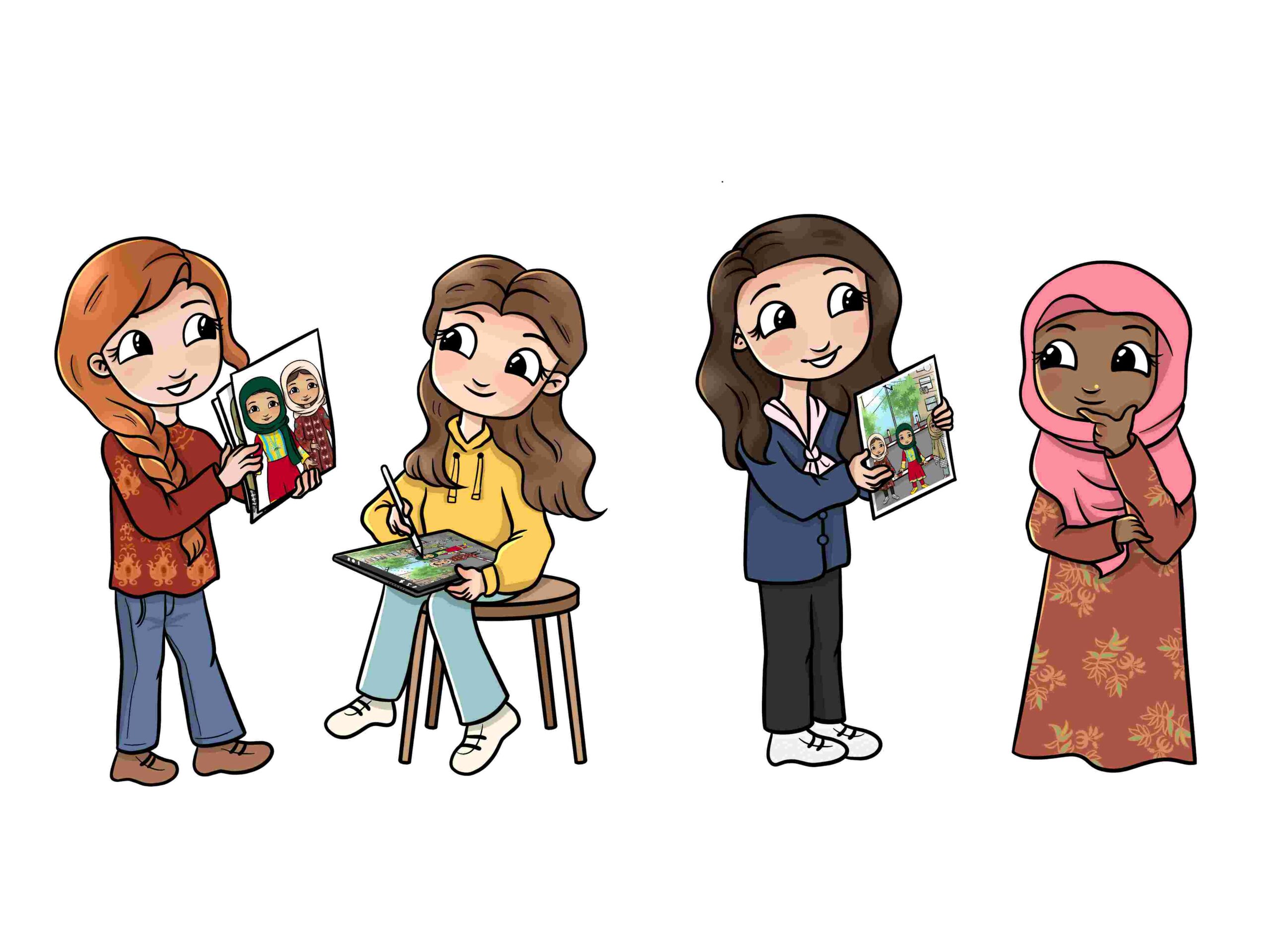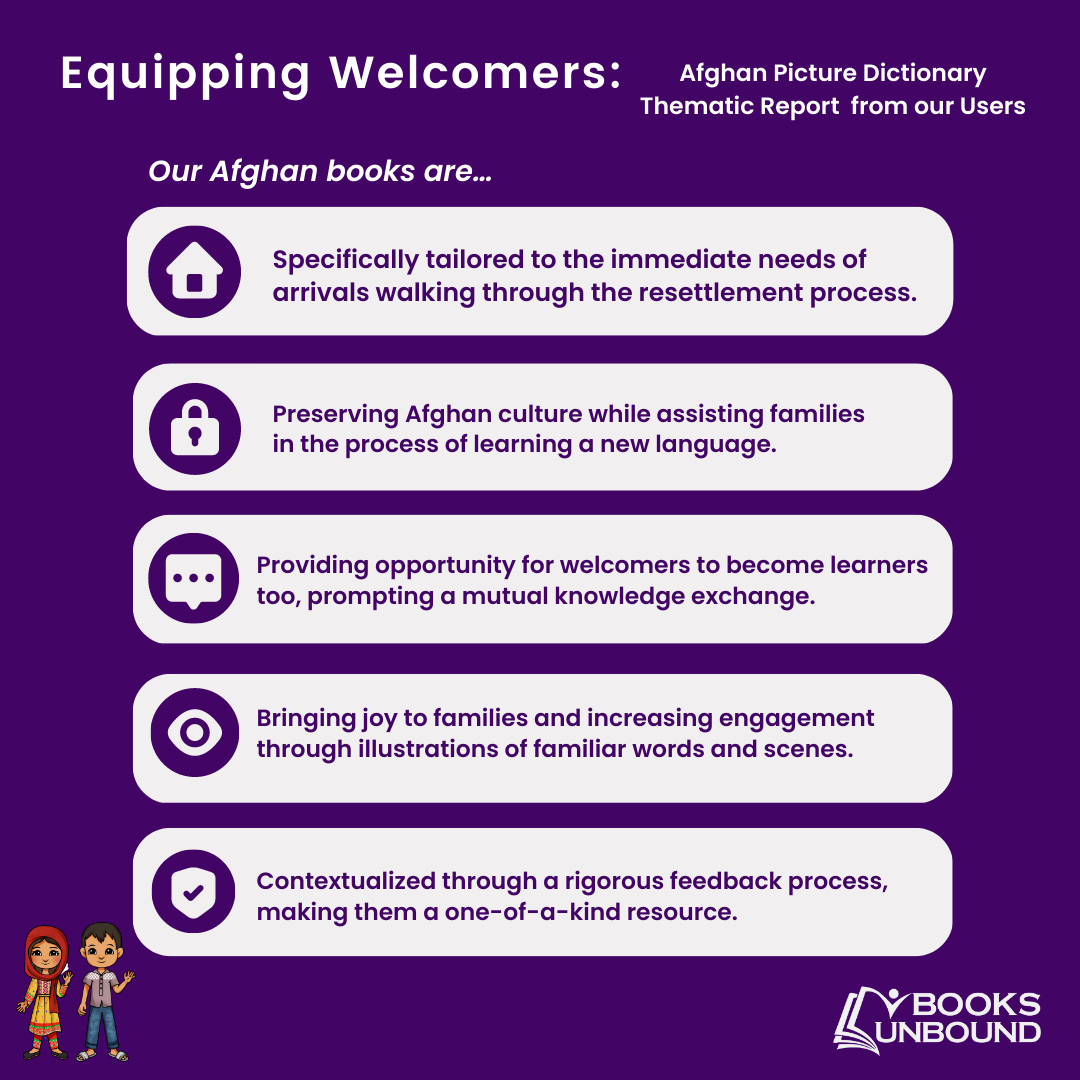Afghan Products
We design & sell our own Afghan products – made in collaboration with Afghan communities around the world.
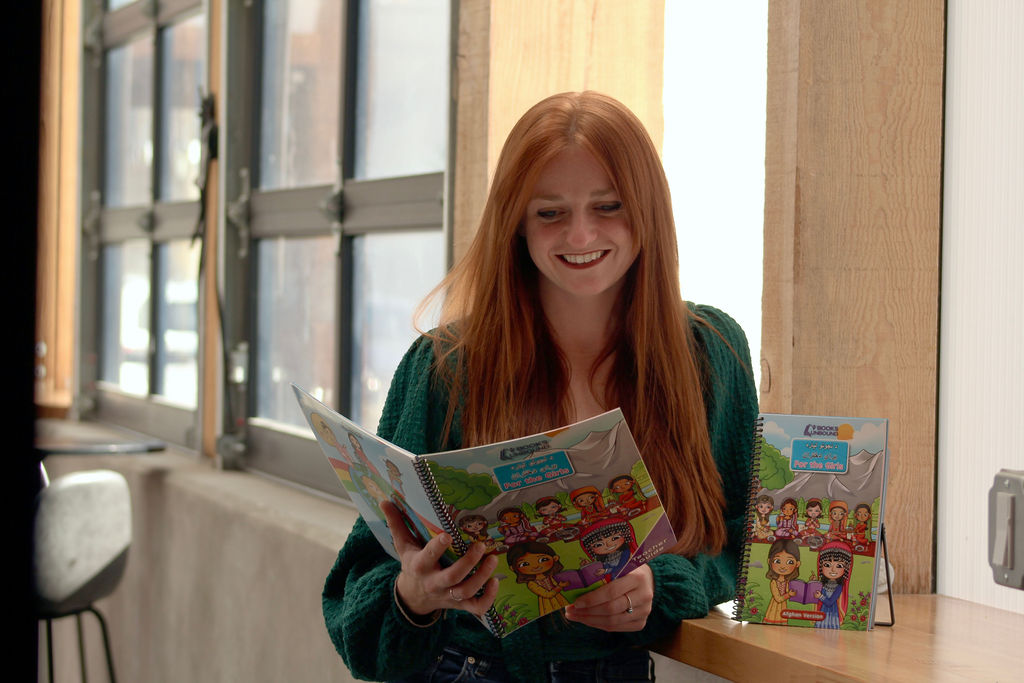
I see relief in my students’ eyes when they see language they can understand during their first weeks in the United States.
— Educator | Wisconsin, USA
Education Consultants
We’re hired as consultants and design custom projects for NGOs working directly in the Afghan community.
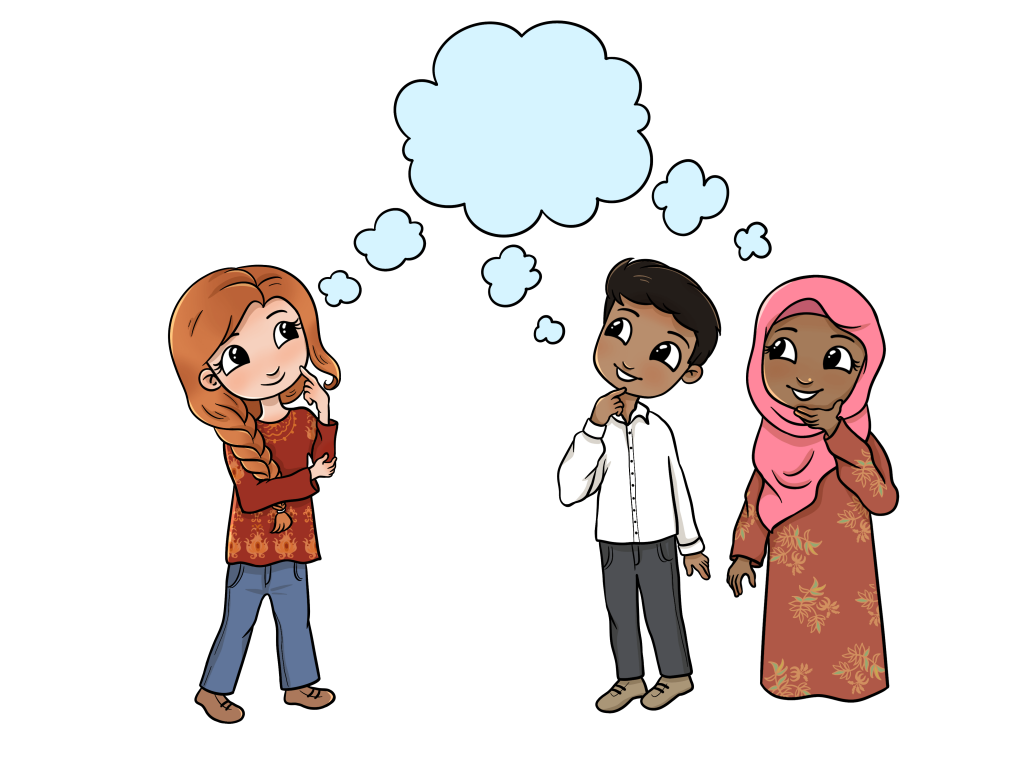
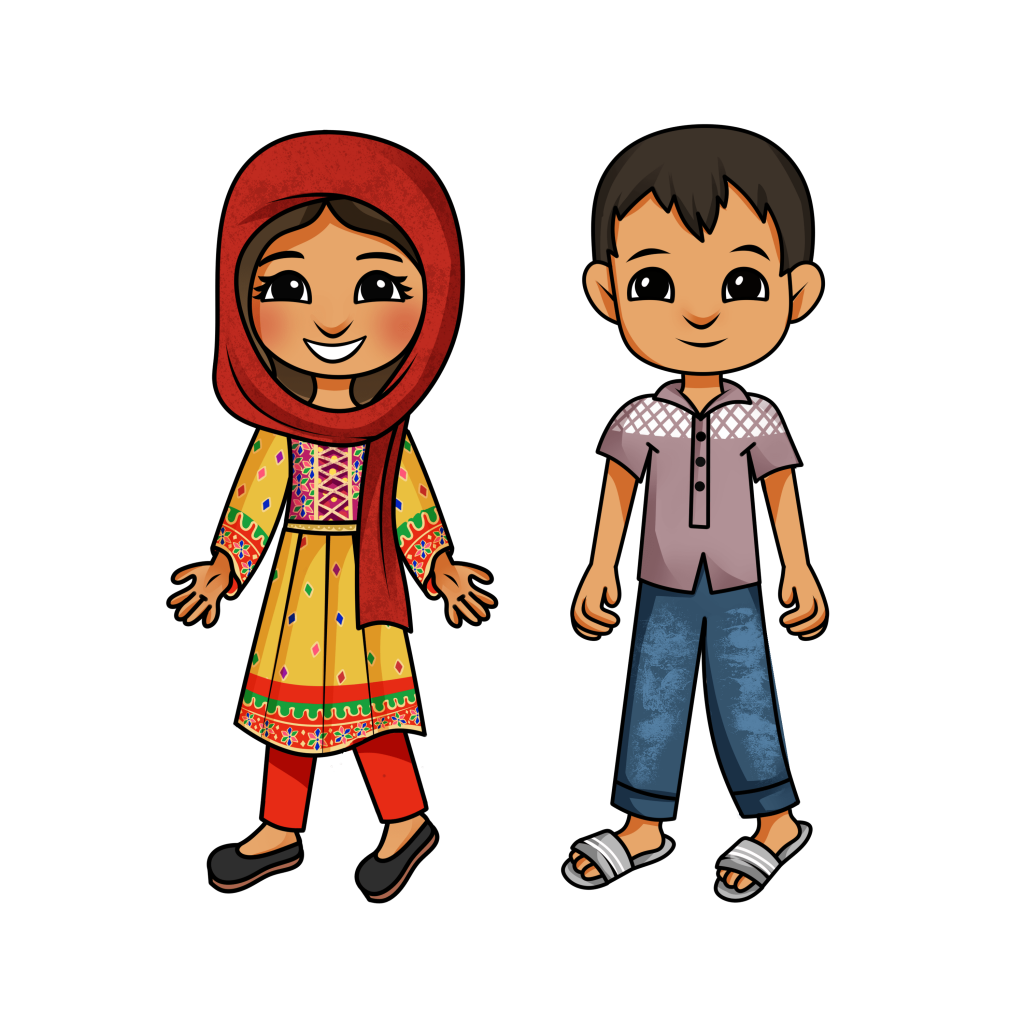
Education
The Afghan people are no strangers to conflict, forced displacement, and an education disrupted. Cultural expectations and years of conflict deprived equal access to education, especially for women and girls.
After the Taliban took over the country, education was partially stopped for an unknown period of time and girls were banned from secondary school. The education levels of the incoming Afghan refugees vary greatly, which is where informal learning tools can play an important role.
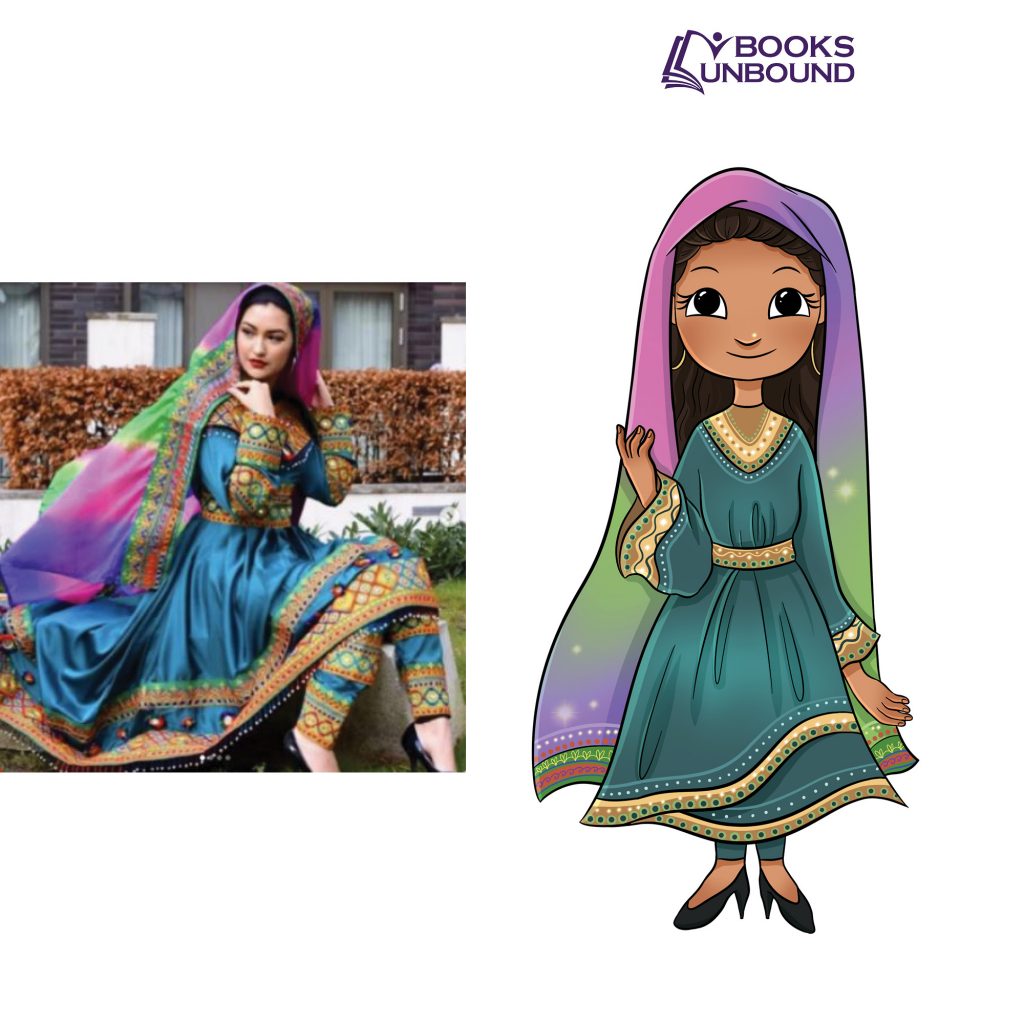
Who are the Afghan people?
The Afghan people consist of numerous ethnolinguistic groups – for simplicity, we refer to the people of Afghanistan as the Afghan Community, but we recognize and appreciate their diverse languages, clothing, religions, customs, etc.
The people of Afghanistan have suffered from years of internal conflict, displacing millions of Afghans. Violence in Afghanistan intensified in 2021 and spread across the country, displacing over 600,000 Afghans – with 80% being women and children.
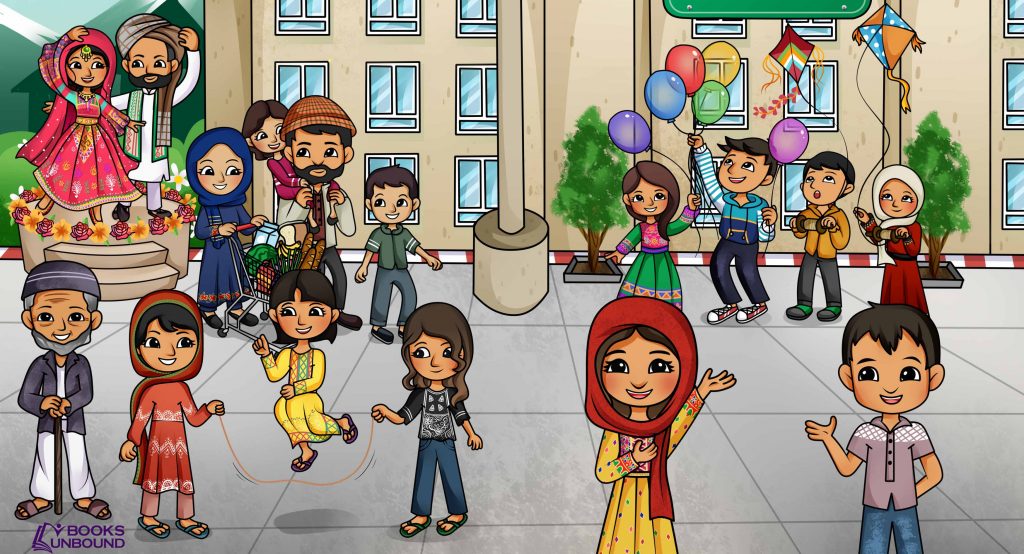
What Languages Do They Learn?
While the official languages in Afghanistan are Pashto and Dari, there are a variety of ethnic languages also spoken throughout the country. Our Afghan materials are available in Pashto, Dari, and English. The vocabulary works in two ways –
-
To provide introductory English vocabulary for those coming to the US and other English-speaking countries.
-
To preserve Pashto and Dari for those who want to maintain their language for the future generations.

